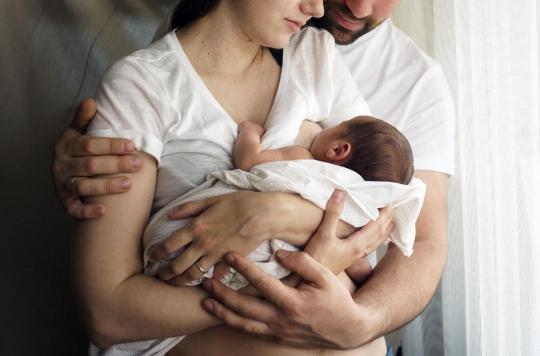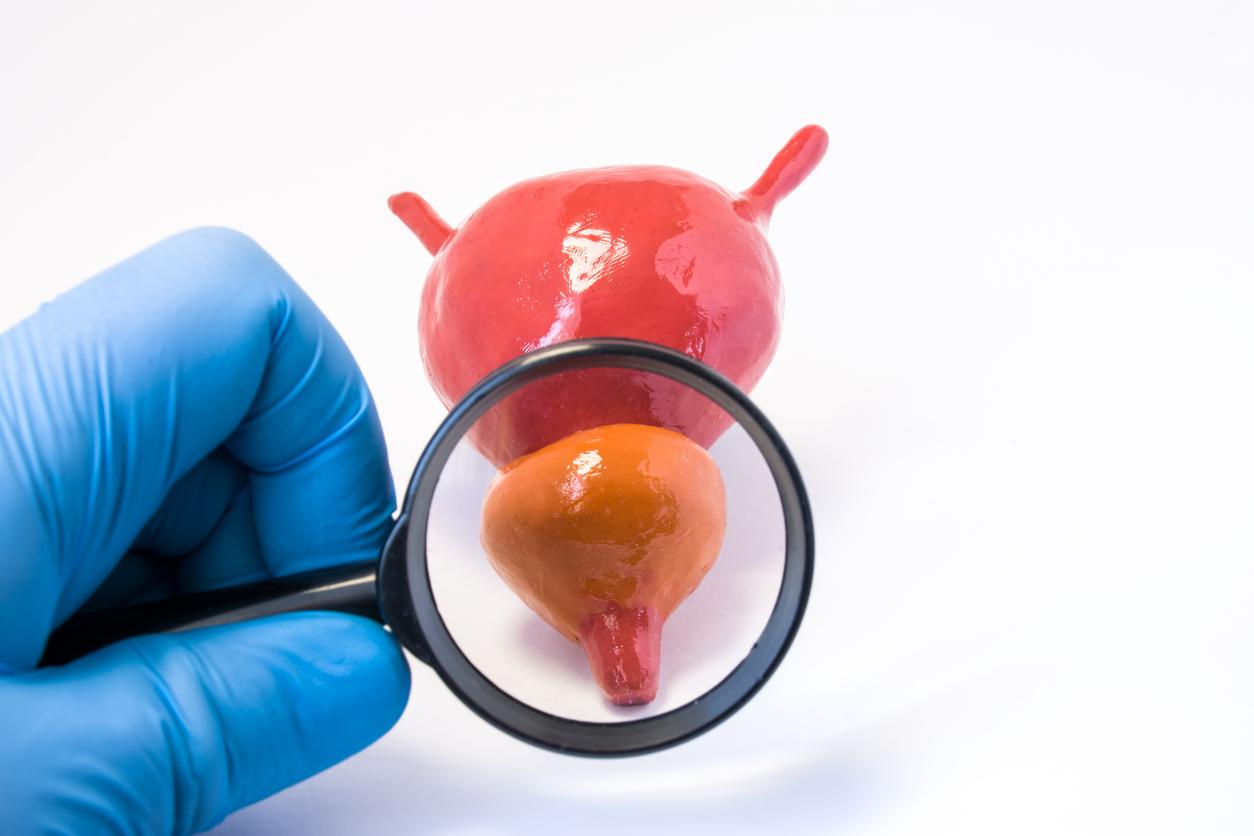In extremely rare cases, the result of a paternity test may reveal “chimerism”. Explanations.

- A hundred cases of chimerism have been identified worldwide.
- Chimerism is linked to an anomaly that occurs very early, probably when the embryos of a dizygotic twin pregnancy are only at the stage of a few cells.
In June 2014, a couple happily welcomed their first baby boy, from a long PMA course. Everything was going well, until a trivial blood test came to stir up trouble: the baby did not have the same blood type as his parents. Confused, the biologists then asked the father to do a paternity test, which turned out… negative.
One individual, two different DNA
A chasm then opened up for the young couple: had the woman been unfaithful? Did the maternity unit mistakenly swap two babies at birth? Did the PMA officials get their brushes tangled up?
Further research fortunately ruled out the first three options: this was in fact an extremely rare case of “chimerism”, or the existence within the same individual of two different genetic heritages. “Chimerism was originally described for plants. The advent of human genetics showed that cases of chimeras were possible in humans and could occur in dizygotic twin pregnancy, i.e. for fraternal twins. Identical twins, called monozygotic, necessarily have the same genetic heritage”, explains in the Obs Philippe Deruelle, gynecologist-obstetrician. “This phenomenon is much more frequent following the use of medically assisted procreation methods, without the reason being known”, continues the specialist.
Father and son had only 25% of their DNA in common
Normally, a biological parent shares 50% of their DNA with their child. But in our story, father and son only shared 25% of their DNA, the same amount an uncle shares with a niece or nephew.
When she was conceived, the father had shared his mother’s womb with an fraternal twin, who died during pregnancy. He then recovered part of the genetic heritage of his missing brother, to finally conceive on his own two different types of spermatozoa: his own and that of his false twin. Theoretically, this dad is in fact only his own son’s uncle.
Geneticists still can’t believe it
And the story does not end there. The couple decided a few years later to have a second child. This time, the second son was conceived with his father’s sperm, and therefore typically shared half of his DNA.
This means that these two children are not technically siblings or half-siblings, but rather cousins: they share about 37.5% of their genes (regular siblings share about 50% of their genes). DNA, and half-siblings about 25%). What blow the geneticists, who still can not believe it.
.















